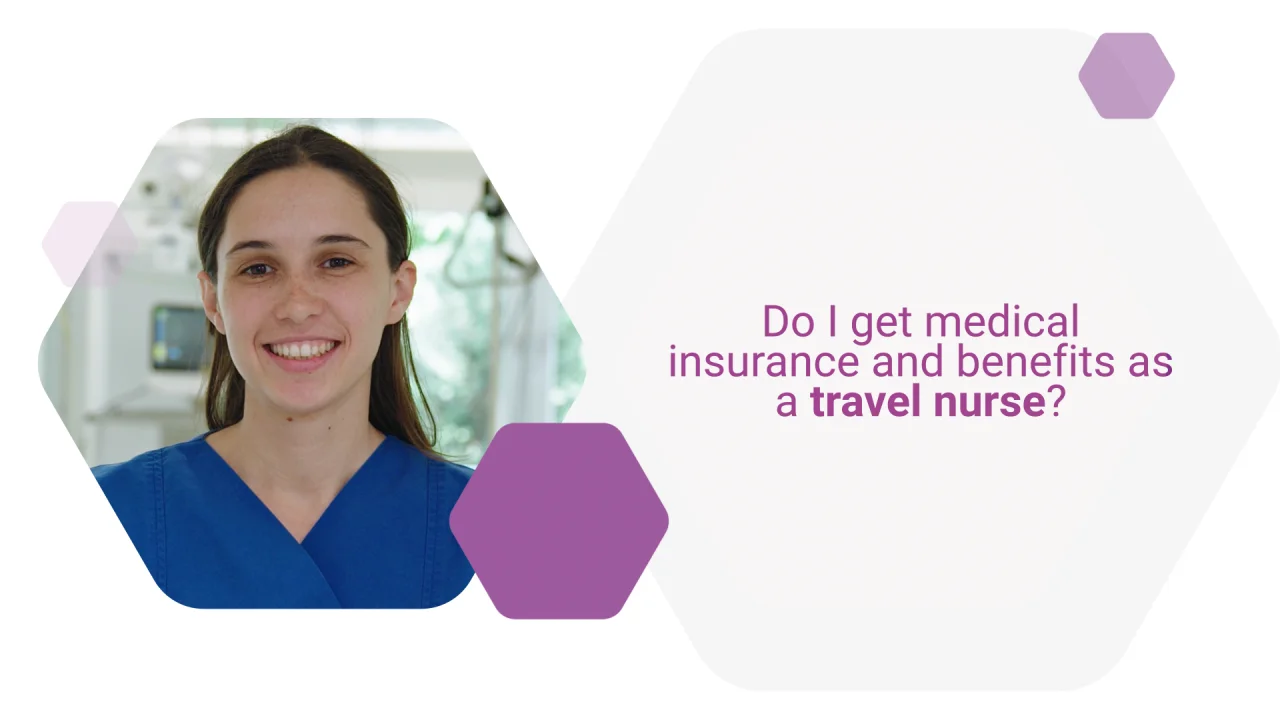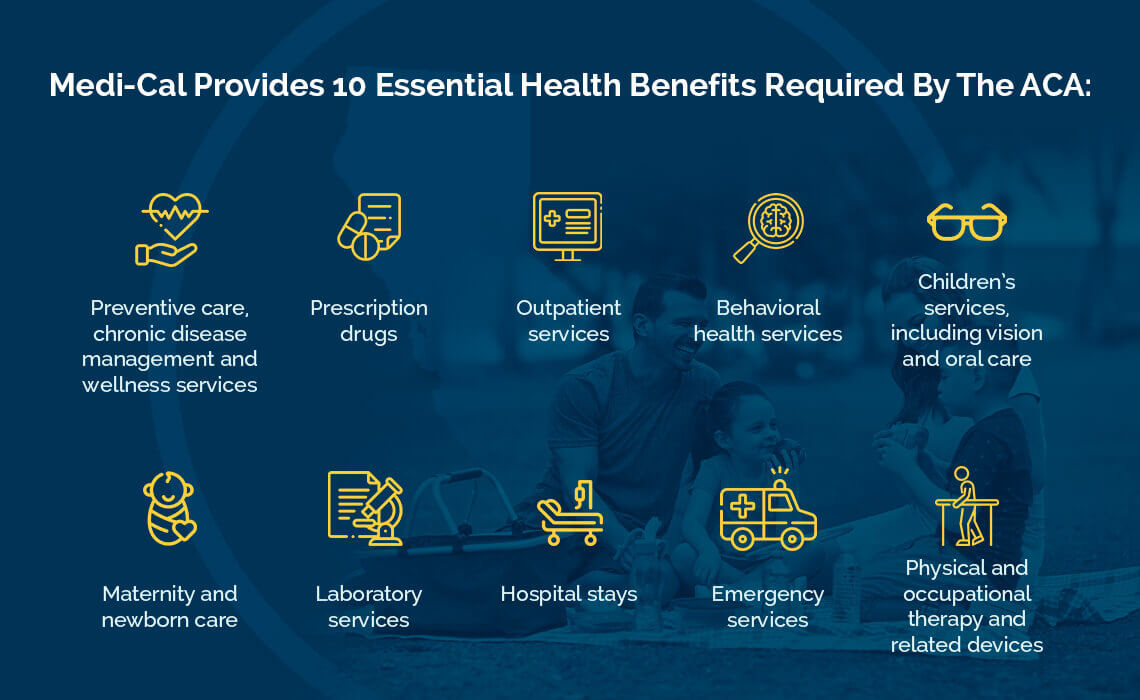Medicare Advantage Agent for Beginners
Table of ContentsMedicare Advantage Agent Fundamentals ExplainedThe Main Principles Of Medicare Advantage Agent The Ultimate Guide To Medicare Advantage Agent

complies with from confusing the fairly young age account of the without insurance with the much better wellness, on standard, of more youthful persons. This obscures the link between health and wellness status and medical insurance. For those without accessibility to work environment health and wellness insurance policy, bad health is a possible barrier to purchasing nongroup protection because such protection may be very priced, omit preexisting problems, or be simply unavailable. The number of without insurance Americans is not especially huge and has actually not transformed recently. 7 out of 10 participants in a country wide representative study assumed that less Americans did not have health and wellness insurance coverage than in fact do(Fronstin, 1998). Approximately fifty percent(47 percent )believed that the variety of people without medical insurance lowered or continued to be consistent over the latter half of the last years(Blendon et al., 1999). This decrease of nearly 2 million in the number of individuals 'without insurance policy (a decrease
of about 4 percent)is absolutely a favorable adjustment. With a softer economy in 2000 the current reported gains in insurance policy protection might not continue(Fronstin, 2001 ). The decline in the variety of without insurance will certainly not proceed if the economic situation remains slow-moving and health treatment expenses remain to surpass rising cost of living. This is since the information were collected for a duration of strong economic efficiency. Of the approximated 42 million people who were without insurance, just about concerning 420,000(regarding 1 percent)were under 65 years of age, the age at which most Americans end up being qualified for Medicare; 32 million were adults between ages 18 and 65, about 19 percent of all grownups in this age; and 10 million were youngsters under 18 years of age, regarding 13.9 percent of all youngsters (Mills, 2000). These quotes of the number of individuals without insurance are produced from the yearly March Supplement to the Present Population Survey (CPS), carried out by the Census Bureau. Unless or else noted, national estimates of individuals without medical insurance and proportions of the populace with various sort of coverage are based upon the CPS, the most extensively made use of resource of estimates of insurance protection and uninsurance rates. These surveys and the estimates they yield are defined briefly in Table B. 1 in Appendix B - Medicare Advantage Agent. These surveys vary in size and tasting approaches, the concerns that are inquired about insurance coverage
6 Easy Facts About Medicare Advantage Agent Described
protection, and the moment period over which insurance policy protection or uninsurance is measured(Lewis et al., 1998, Fronstin, 2000a ). Still, the CPS is especially helpful because it creates annual price quotes reasonably rapidly, reporting the previous year's insurance policy protection approximates each September, and due to the fact that it is the basis for a consistent set of quotes for more than twenty years, permitting analysis of patterns in insurance coverage in time.
.png)
Rumored Buzz on Medicare Advantage Agent
Over a three-year period beginning early in 1993, 72 million people, 29 percent of the U.S. population, were without protection for at the very least one month. Within important source a single year(1994), 53 million people experienced at the very least a month without protection(Bennefield, 1998a). 6 out of every 10 uninsured grownups are themselves employed. Although working does improve the probability that one and one's relative will certainly have insurance coverage, it is not an assurance. Also participants of family members with two full time wage income earners have nearly a one-in-ten possibility of being without insurance (9.1 percent without insurance rate)(Hoffman and Pohl, 2000 ). The connection in between health and wellness insurance policy and accessibility to care is well developed, as recorded later on in this phase. Although the connection in between wellness insurance coverage and wellness outcomes is neither direct nor straightforward, a comprehensive professional and health solutions research study literary works links wellness insurance protection
to improved accessibility to care, better high quality, and improved individual and populace health status. The 2nd report, on individual health and wellness results for without insurance adults, is stood for by the inner circle of the number, while the 3rd record, on this content family well-being, incorporates the topics of the second report yet stresses a different system of evaluation, particularly, the family. The 6th record in the series will offer details concerning techniques and campaigns taken on locally, statewide, or country wide to resolve the absence of insurance and its adverse influences. Levels of evaluation for analyzing the impacts of uninsurance. This conversation of wellness insurance policy protection focuses mostly on the united state population under age 65 because essentially all Americans 65 and older have Medicare or other public protection.
Moreover, it concentrates particularly on those with no health insurance policy for any kind of size of time. The troubles faced by the underinsured remain in some respects comparable to those faced by the without insurance, although they are normally much less severe. Uninsurance and underinsurance, nevertheless, entail distinctly various plan concerns, and the approaches for resolving them may vary. Throughout this study and the 5 reports to adhere to, the primary emphasis gets on persons without any medical insurance and thus no aid in paying for health and wellness care beyond what is offered via charity and safeguard institutions. Health and wellness insurance is a powerful aspect affecting receipt of care since both clients and doctors respond to the out-of-pocket price of solutions. Medical insurance, however, top article is neither necessary nor sufficient to get to clinical services. However, the independent and direct result of health
insurance protection on access to health solutions is well established. Others will certainly obtain the healthcare they require even without medical insurance, by paying for it out of pocket or seeking it from service providers who offer care totally free or at extremely subsidized rates. For still others, medical insurance alone does not guarantee invoice of treatment due to various other nonfinancial barriers, such as a lack of healthcare carriers in their community, minimal access to transport, illiteracy, or etymological and social differences. Formal study about without insurance populaces in the United States dates to the late 1920s and early 1930s when the Committee on the Price of Healthcare generated a collection of records about funding physician office sees and hospital stays. This concern became prominent as the numbers of medically indigent climbed throughout the Great Clinical depression. Empirical researches consistently sustain the link between accessibility to care and enhanced health and wellness outcomes(Bindman et al., 1995; Starfield, 1995 ). Having a normal source of care can be considered a predictor of access, instead of a straight step of it, when health results are themselves utilized as gain access to indications. This extension of the idea of gain access to measurement was made by the IOM Board on Checking Access to Personal Wellness Care Solutions(Millman, 1993, p. Whether or not parents are insured shows up to influence whether their children obtain treatment along with exactly how much careeven if the children themselves have insurance coverage(Hanson, 1998). The health of parents can influence their capacity to take care of their kids and the degree of household stress. Bothering with their youngsters's access to care is itself a resource of tension for moms and dads. 3 phases follow in this report. Chapter 2 offers a review of how employment-based wellness insurance, public programs and individual insurance policy policies run and engage to provide extensive however insufficient protection of the united state population. This includes an evaluation of historical patterns and public laws influencing both public and private insurance coverage, a conversation of the interactions amongst the different sorts of insurance, and an examination of why people move from one program to an additional or end up
